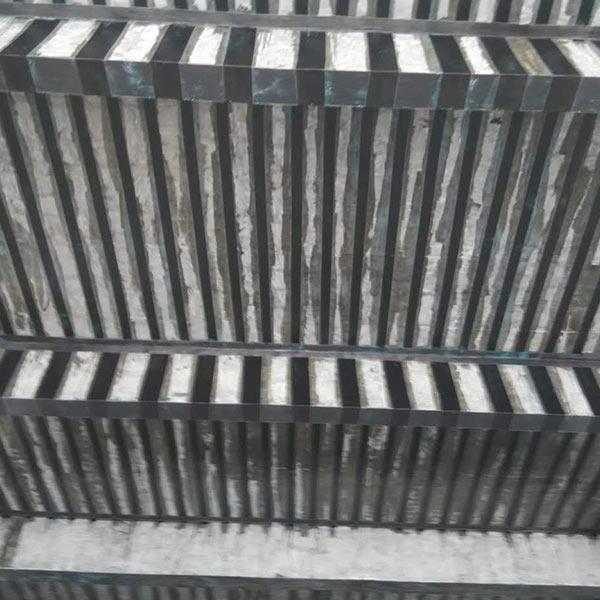
Analysis of the cracks’ reasons
According to the relevant inspection report, combined with the structural characteristics, mechanical principle, the cracks of the overpass are mainly divided into contracted crack, temperature crack,construction crack and defective crack.
Matters needing attention of construction
1, please read the check report carefully before the construction, investigating the parts that aren’t detailed in the report again.
2, it is appropriate to choose the season that the temperature is slightly higher for the grouting of the box girder baseboard and sterna crack, and ensuring that the time of grouting should be chosen the afternoon of high temperature, avoiding 22:00 ~ 11:00.
3, the time of pasting carbon fiber sheet should be chosen the period of the lower temperature.
4, for the way of both grouting and sealing that manage the crack, it is not recommended to wide the crack surface so as not to affect the appearance.
5, this report presents that the limit of the seam width of grouting and sealing of the crack is 0.2 mm. if it is conditional, the cracks that are below 0.2 mm should be managed by grouting sealants and fillers.
6, the pasting direction of carbon fiber sheet is along the bridge.
7, for the whole overpass, it is appropriate to start from the fifth line of the approach bridge when managing the defects, the approach bridge firstly, and then the ramp bridge.